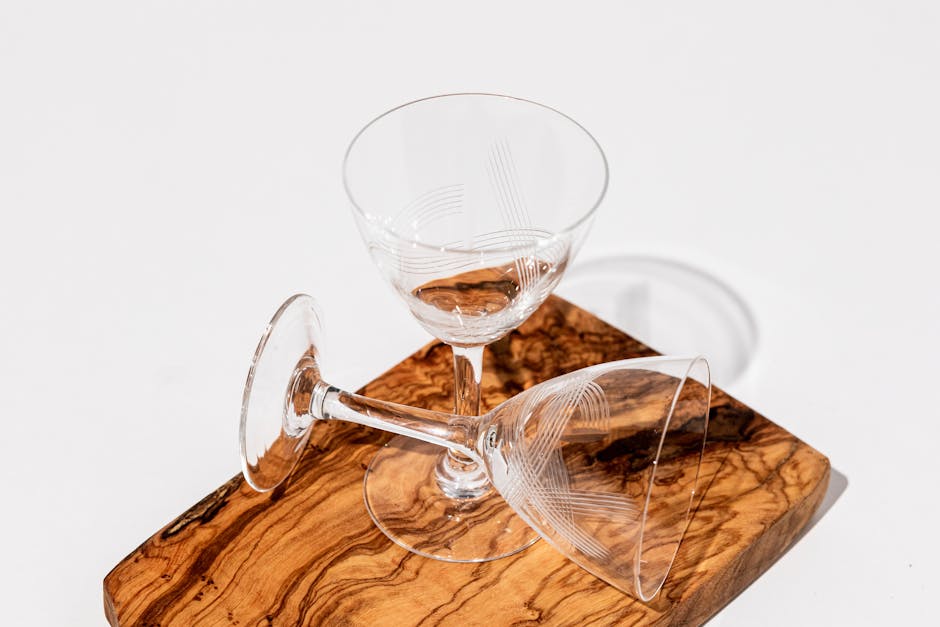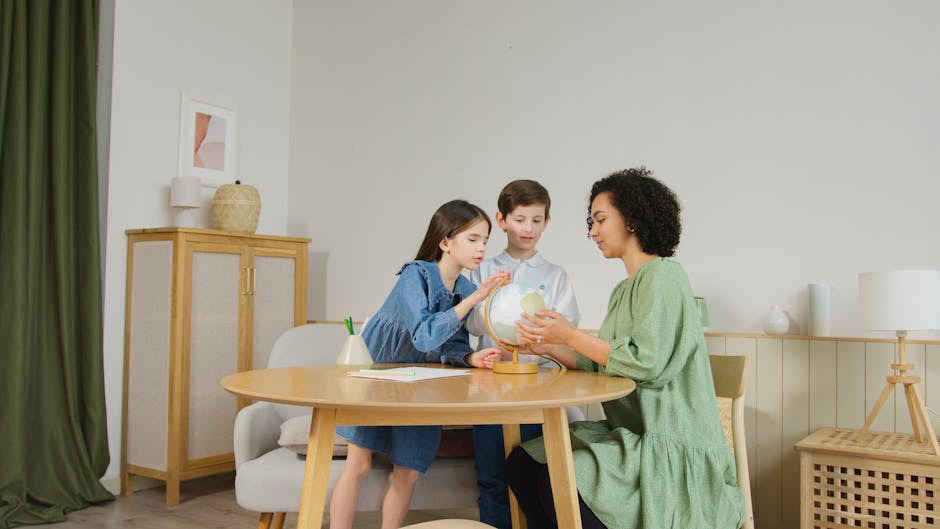In the world of tech design, Apple has always been the trendsetter, its every move scrutinised, copied, and debated. With the launch of its groundbreaking “Liquid Glass” UI in iOS 18 and visionOS 2, it once again pushed the boundaries of digital aesthetics. But for some, the beautiful, fluid, and dazzlingly futuristic look was just a bit too dazzling.
It seems Cupertino was listening. In the latest developer beta, Apple adds a new toggle to make Liquid Glass less glassy, offering users a simple yet profound choice for a more comfortable viewing experience.
What is Apple‘s ‘Liquid Glass‘ UI?
For those who haven’t been following every UI shift, “Liquid Glass” is Apple‘s term for its new design language. Think of the current frosted glass effect on your Control Centre, but amplified. Liquid Glass introduces hyper-realistic transparency, dynamic reflections that mimic your real-world environment, and fluid, physics-based animations that make UI elements feel like they are floating in crystal-clear water. On the Vision Pro, it’s nothing short of immersive.
The Problem: When ‘Stunning’ Becomes ‘Straining’
However, the design wasn’t without its critics. While visually stunning, the constant reflections and extreme transparency posed challenges for some users.
* Eye Strain: Many reported increased eye fatigue, especially during long sessions.
* Accessibility: For individuals with certain visual sensitivities or processing disorders, the shimmering, ever-shifting interface could be more distracting than delightful.
* Readability: The highly reflective interface could make reading text difficult in bright environments.
The Solution: The ‘Reduce Glass Effect’ Toggle
Enter Apple‘s elegant solution: a new toggle named “Reduce Glass Effect.”
Tucked away under Settings > Accessibility > Display & Text Size, this option is a classic Apple fix: simple, effective, and user-centric. Activating the toggle doesn’t remove the Liquid Glass aesthetic entirely. Instead, it tones it down beautifully.
Here’s what it does:
1. Mutes Reflections: The dynamic, real-time reflections are significantly subdued, replaced by a softer, more static sheen.
2. Increases Opacity: The “see-through” nature of windows and menus becomes more opaque, creating a clearer separation between foreground and background elements and improving legibility.
3. Softens Animations: The fluid, sloshing animations are made calmer and more subtle.
The result is a “Matte Finish” version of the Liquid Glass UI. It retains the depth of the new design but dials down the visual noise, much like the difference between a high-gloss photo and a premium satin print.
A Win for Accessibility and User Choice
This move is significant for two reasons. First, it’s a massive win for accessibility. By providing this option, Apple reaffirms its commitment to making technology usable for everyone, acknowledging that one person’s beauty can be another’s barrier.
Second, it signals a mature understanding of user choice. While known for its curated “it just works” philosophy, this toggle shows Apple‘s growing willingness to cede some aesthetic control to the user.
For most, the default Liquid Glass experience will remain a gorgeous interface. But for those who craved a calmer, more focused, or simply more readable screen, this new toggle is a godsend. It’s a small switch that represents a big step forward in inclusive design.




